Super Teams Are Great for the NBA, but Detrimental for the WNBA
April 4, 2023
The newest craze in professional basketball is the formation of super teams, where star players unite for their best shot at a championship. The new trend has proven to be successful for the NBA’s popularity but is yet to truly test the growing women’s game until the upcoming 2023 season.
Throughout the history of the NBA, super teams have sparked interest in the league’s viewers. Whether the team fails to make the playoffs or hoists the Larry O’Brien Trophy in June, the star-studded roster always attracts attention.
Possibly the most famous example of a super team is the 2010-2014 Miami Heat. Following LeBron James’ decision to “…take my talents to South Beach and join the Miami Heat.” (LeBron James via The Decision), The Heat’s Big Three (Chris Bosh, Dwayne Wade, and LeBron James) proceeded to appear in the next four NBA Finals, winning two of them. Chris Bosh averaged 17.4 PPG and 7.4 RPG throughout his time with the Big Three. Dwayne Wade averaged 26.7 PPG and 1.7 SPG (steals per game) through the four-years. Finally, LeBron James averaged 27 PPG, 6.7 APG, and 7.6 RPG during that time in Miami. When basketball fans hear the label the “Big Three”, the iconic Miami trio almost always comes to mind.
The 2020-21 Brooklyn Nets are another great illustration of this reality. Highlighted by veteran Kevin Durant, who averaged 32 PPG (points per game) and 7.4 RPG (rebounds per game). Star guard James Harden, who averaged 24.6 PPG and 8.5 RPG greatly benefited Brooklyn. Kyrie Irving, a household name, averaged 26.9 PPG and 6 APG (assists per game). The team finished second in the Eastern Conference after the regular season but fell to the Milwaukee Bucks in the Semifinals. The next season, Harden (who has never won a championship) left the Nets for the Philadelphia 76ers, who show a promising future. In the 2022-23 NBA season, Durant was traded to the Phoenix Suns and Irving joined the Dallas Mavericks. Even though the team didn’t achieve their goal, the NBA benefited from the popularity and storylines throughout the season.
But will a couple star-studded rosters benefit the WNBA at all? In the league’s 26-year history, they’ve recently grown drastically in merchandise sales and viewership, increasing by 22% more viewers from 2021 to 2022. With less wiggle room than the NBA, the last thing the WNBA needs is a decrease in fan engagement.
The highest valued team in the league, the Seattle Storm are worth $151 million due to their ongoing success. The Storm leads the league in average fan attendance at 10,631 fans per game, selling out their arena multiple times last season. The Indiana Fever averaged the least amount of fans in attendance per game at 1,776 and ended the season with a 5-31 record. The Atlanta Dream averaged 2,682 fans per game and both the Dallas Wings and Washington Mystics averaged about 3,800 fans per game. Smaller market teams are less likely to survive the new trend of super teams due to their lack of fan engagement to begin with.
Breanna Stewart, one of the league’s most dominant and decorated players, parted ways with the Storm (where she was drafted in 2016) following the retirement of Seattle’s four-time champ and 21 year-long leader, Sue Bird. Stewart’s résumé is beyond impressive in both her collegiate and professional career, with four NCAA Championships and two WNBA Championships under her belt, not to mention 2 Olympic gold medals. Born in Syracuse, New York, 2018 MVP Stewart is returning to her home state to join star guard Sabrina Ionescu, the NCAA’s all-time leader in triple-doubles and proven star point guard. Stewart is also predicted to play well alongside forward and 2021 MVP Jonquel Jones (traded to New York this offseason) who averaged 19.4 PPG and 11.2 RPG in her MVP season with the Connecticut Sun. Following Stewart’s decision, star point guard Courtney Vandersloot signed with the Liberty, averaging nearly double digits in assists for five years in a row.
“I was pretty bummed when Stewie [Breanna Stewart] left,” said WNBA fan, Megan Galicia. “I doubt that many people will watch as many games this year if they [the Storm] aren’t one of the top teams like they were before.”
In addition to the new and improved Liberty, the Las Vegas Aces made some moves in the offseason as well. Two-time MVP A’ja Wilson led the franchise to its first championship in the 2022 season, nearly averaging a double-double with 19.5 PPG and 9.4 RPG. Kelsey Plum, the all-time leading scorer in Division 1 women’s basketball (graduated from University of Washington in 2017), recently found her momentum in the 2022 season and averaged 20.2 PPG and 7.2 APG. Guard Chelsea Gray brought an incredible performance to the 2022 playoffs, averaging 21.7 PPG and a .611 FG% (field goal percentage). As if the Aces weren’t stacked already, Las Vegas signed 15-year veteran forward Candace Parker, whose reputation is highly respected throughout basketball. The two-time MVP and two-time WNBA Champion from Chicago is destined to lead the Aces far into the postseason with young stars surrounding her.
As a league that is far from reaching its peak, the WNBA needs to continue to grow in viewership and maintain a strong following. Interest in women’s basketball is destined to grow in New York and Las Vegas, but what about the rest of the league? With two teams clearly built to blow out their opponents, ten teams are left with mediocre rosters and fall short of the product demanded by the average sports fan. In a 12-team league, normal fans are unlikely to attend home games that don’t involve the two dominant teams, meaning super teams will be detrimental to the league’s overall growth.
All in all, the 27th WNBA season beginning May 19th will mark the beginning of a new era in the women’s game. The new addition of super teams has proven to benefit the NBA but won’t have the same positive affect in the WNBA.



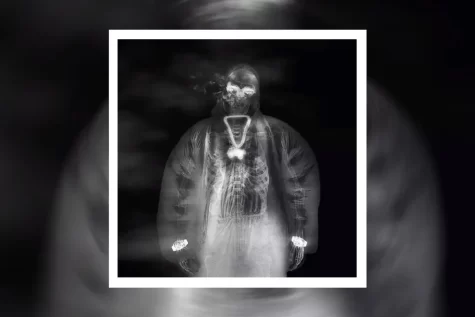
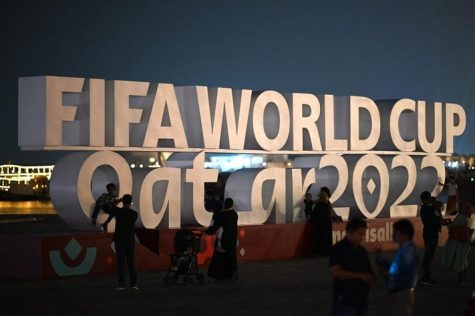
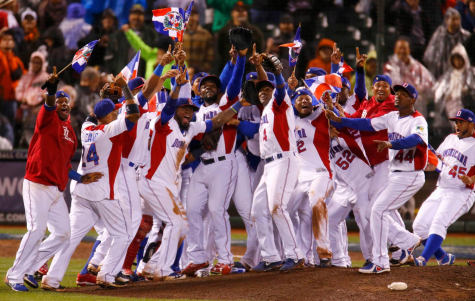

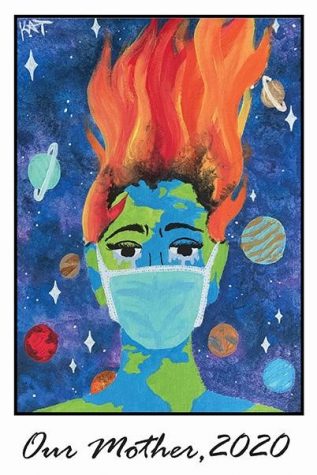


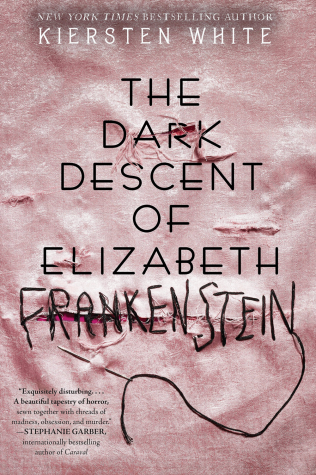

Taheem Jones • Apr 6, 2023 at 10:51 pm
Great read!
Shirley Barquist • Apr 6, 2023 at 7:05 pm
Super job Abi. I am impressed with your facts and figures. A perfectly fact based article.